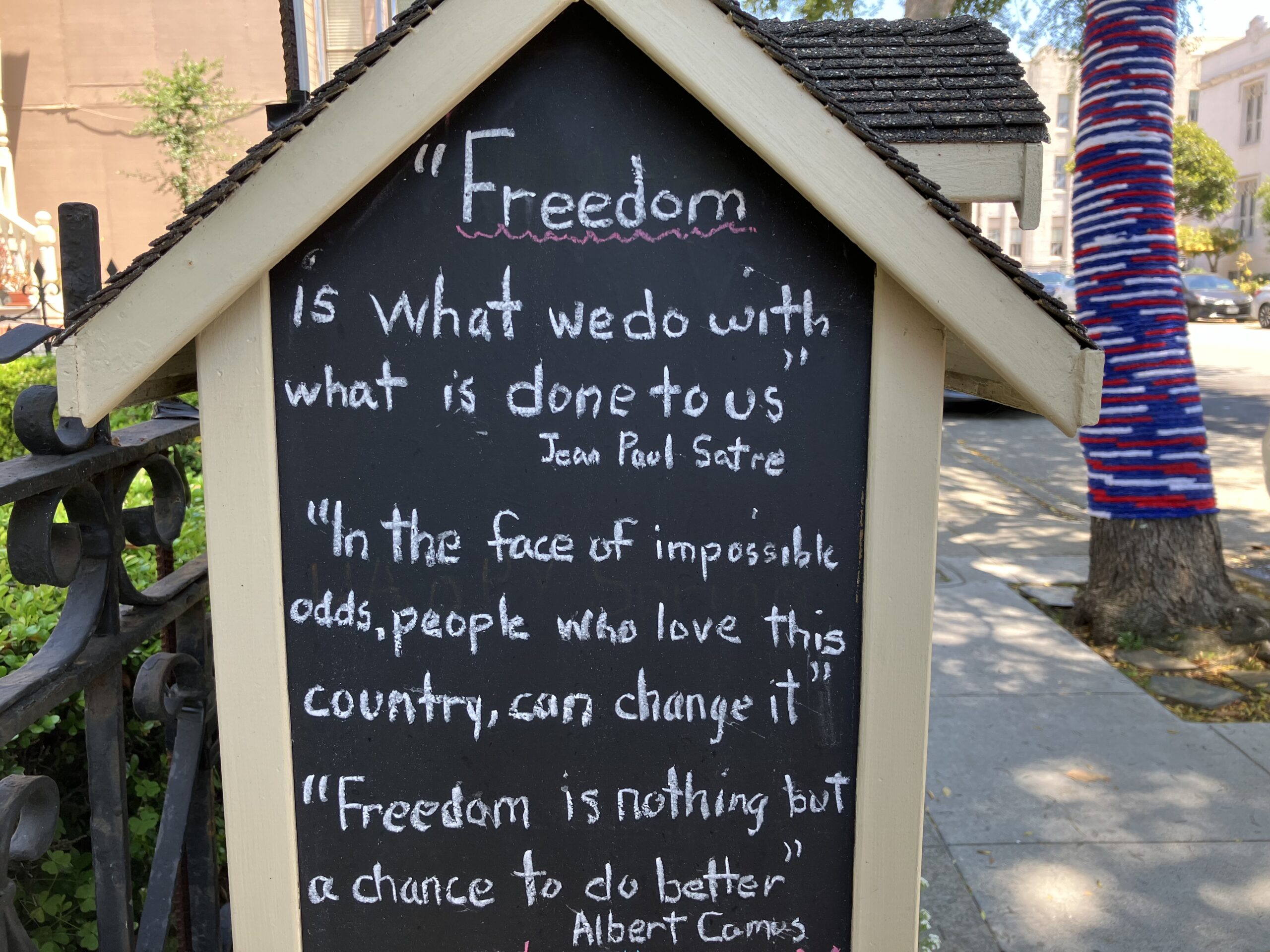Lift Up Your Nonprofit Donors with Their Olympic Moment

“Give me one moment in time.
When I’m more than I thought could be.
When all of my dreams are a heartbeat away.
And the answers are all up to me.”
Ah, the lyrics remembered from a Whitney Houston song sung at the 1988 Olympics Opening Ceremonies. The Olympic torch. The parade of nations. The stories, stories and stories.
Chills run down my spine. The hairs stand straight on my neck. A lump comes to my throat.
Cheesy, I know. But it gets to me.
We all yearn for that one moment where we step outside our daily, mundane lives and exceed our wildest expectations.
When we’re bigger than ourselves.
We can’t all be gold medal athletes, but we can all be gold medal philanthropists.
And gold medal philanthropy facilitators.
The Olympics lifts us up. At its best, philanthropy does this as well.
It inspires us.
It engages us fully.
It’s as addictive as chocolate when done right.
In fact, MRI data show us when people even simply contemplate giving, the pleasure centers of their brain light up. The very same area of the brain that lights up when we eat chocolate! One might call this the “philanthropic high.”
And, unlike other addictions, this one is good for us!
Details

 There’s a treasure trove of knowledge and research around major gift fundraising. What works well. What doesn’t work at all. What’s, at best, half-baked.
There’s a treasure trove of knowledge and research around major gift fundraising. What works well. What doesn’t work at all. What’s, at best, half-baked.





 Once upon a time I let folks know I’d “finagled” a discount for them. After one reader told me the word “finagle” means “to obtain something by devious or dishonest means,” I sent an apologetic “Ruh Roh” email. I received a lot of forgiving (thank you!) feedback. Many kindly supported my initial use of the word “finagle.”
Once upon a time I let folks know I’d “finagled” a discount for them. After one reader told me the word “finagle” means “to obtain something by devious or dishonest means,” I sent an apologetic “Ruh Roh” email. I received a lot of forgiving (thank you!) feedback. Many kindly supported my initial use of the word “finagle.”


 For at least the past seven years I’ve been actively encouraging nonprofits of all stripes to prioritize beginning or ramping up their
For at least the past seven years I’ve been actively encouraging nonprofits of all stripes to prioritize beginning or ramping up their